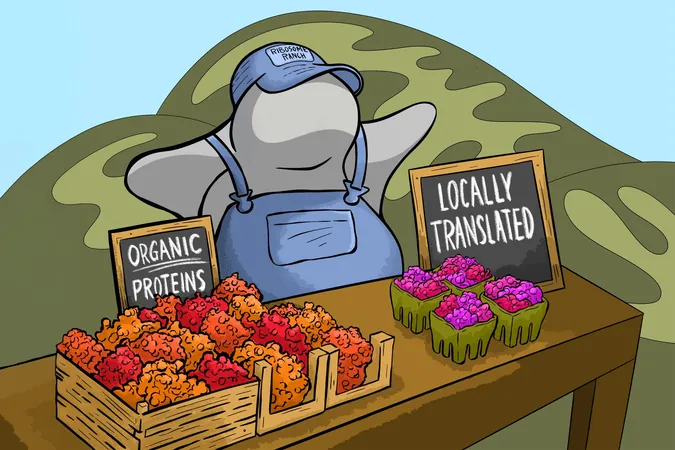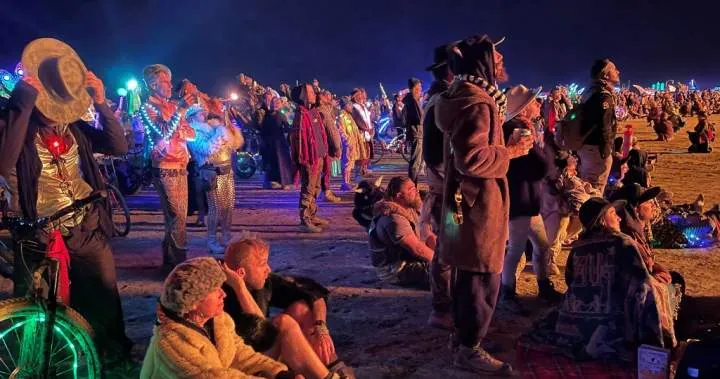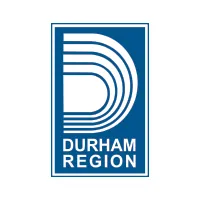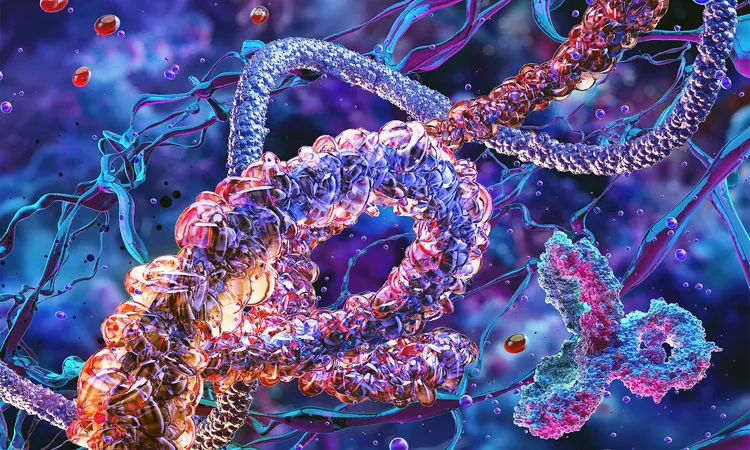
Unlocking the Secrets of Mitochondrial Protein Production: A Game Changer in Cell Biology
2025-08-27
Author: Benjamin
Revolutionizing Our Understanding of Localized Translation
In the intricate world of cellular functions, proteins are like keys that fit specific locks across various cell compartments. To ensure these proteins arrive at their designated spots in time, cells employ a clever strategy known as localized translation. Researchers, led by MIT's Jonathan Weissman, are diving deep into this process, revealing how it empowers cells to dynamically adapt to their ever-changing environments.
The Mitochondrial Mystery Unraveled
Weissman, a prominent figure in the scientific community and part of the Whitehead Institute for Biomedical Research, has collaborated with postdoctoral researcher Jingchuan Luo to shed light on mitochondrial localized translation—a process critical for energy production in cells. Their findings, recently published in *Cell*, introduce a groundbreaking tool named LOCL-TL that allows for unprecedented exploration of localized protein synthesis at mitochondria.
Why Mitochondria Matter
Mitochondria are not only the powerhouses of the cell; their origins trace back to ancient bacteria that merged with our ancestors’ cells. Over time, these bacteria lost their independence, leading to a unique genetic relationship between mitochondrial DNA and the nuclear genome of eukaryotic cells. This evolutionary history makes coordinated protein production at mitochondria vital, signaling that efficient management of these resources has been paramount for millions of years.
A Breakthrough Methodology
To accurately track protein creation near mitochondria, Weissman’s lab refined a technique known as proximity-specific ribosome profiling. This involves tagging ribosomes that are actively producing proteins close to mitochondria. However, capturing ribosomes at the right moment poses a significant challenge due to their rapid movement.
Previously reliant on biotin, the researchers ingeniously adapted their approach to use blue light to activate their tagging system, LOV-BirA. This innovative method allows researchers to precisely control when ribosomes are tagged, enabling a clearer picture of which proteins are synthesized in proximity to mitochondria.
Two Distinct Classes of Mitochondrial Proteins
Their study unveiled that around 20% of mitochondrial proteins sourced from the nuclear genome are constructed locally at the mitochondria, categorizing them into two groups: long bacterial-origin proteins and recently evolved short proteins.
The first group, comprising proteins over 400 amino acids in length, harkens back to mitochondrial ancestry. These proteins include a mitochondrial targeting sequence (MTS) that steers them to mitochondria immediately upon initial translation. In contrast, the second group, consisting of proteins under 200 amino acids, employs a unique RNA-level recruitment mechanism, distinguishing their synthesis from the well-preserved ancient methods used by their longer counterparts.
Implications for Disease and Future Research
The impact of localized translation on cellular health cannot be overstated. Disruption in this finely-tuned process can lead to a cascade of issues, affecting vital pathways like oxidative phosphorylation, the main energy generator for our cells.
Looking ahead, Weissman and Luo's research paves the way for new explorations into how localized translation may influence mitochondrial function in health and disease, particularly in conditions like neurodegeneration, cardiovascular diseases, and cancer.
Weissman anticipates that these findings could revolutionize our understanding of cell biology, emphasizing that localized translation is a universal phenomenon with broad implications across various cellular functions and diseases.









 Brasil (PT)
Brasil (PT)
 Canada (EN)
Canada (EN)
 Chile (ES)
Chile (ES)
 Česko (CS)
Česko (CS)
 대한민국 (KO)
대한민국 (KO)
 España (ES)
España (ES)
 France (FR)
France (FR)
 Hong Kong (EN)
Hong Kong (EN)
 Italia (IT)
Italia (IT)
 日本 (JA)
日本 (JA)
 Magyarország (HU)
Magyarország (HU)
 Norge (NO)
Norge (NO)
 Polska (PL)
Polska (PL)
 Schweiz (DE)
Schweiz (DE)
 Singapore (EN)
Singapore (EN)
 Sverige (SV)
Sverige (SV)
 Suomi (FI)
Suomi (FI)
 Türkiye (TR)
Türkiye (TR)
 الإمارات العربية المتحدة (AR)
الإمارات العربية المتحدة (AR)